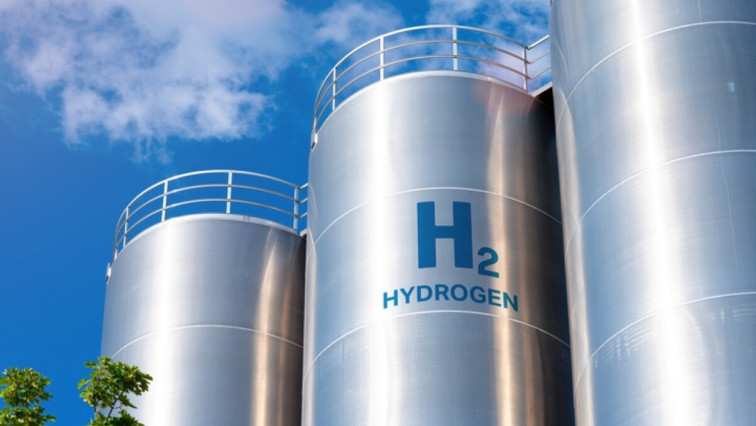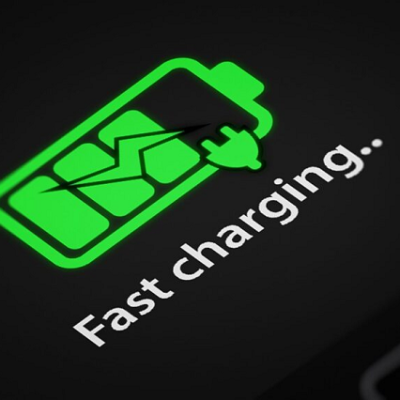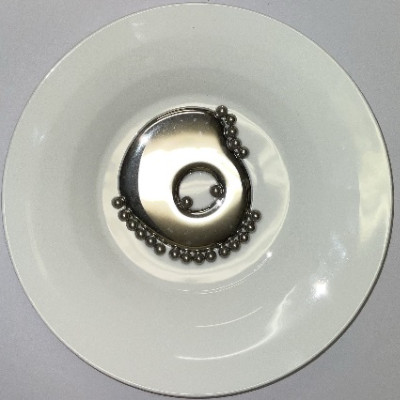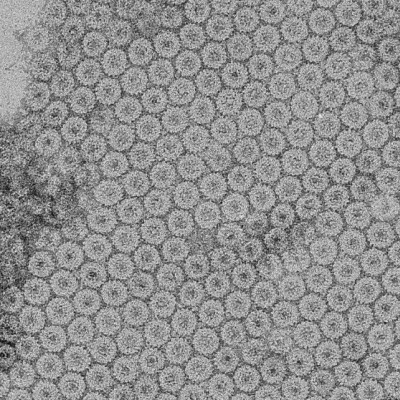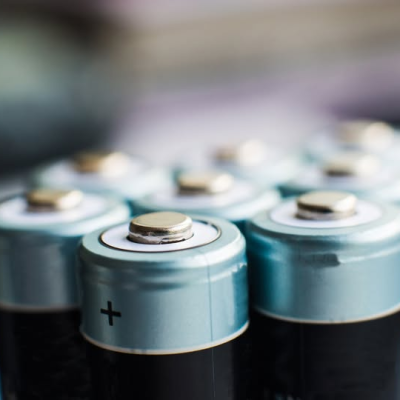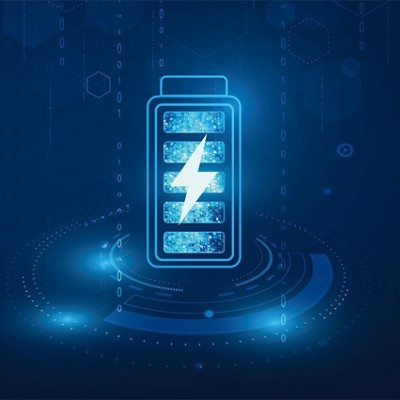In a paper in the journal Fuel, the researchers report that the Co-doped graphdiyne catalyst achieved nearly complete decomposition of ammonia at 550 ˚C, and the conversion rate remained stable over 18 h of continuous reaction.
Graphdiyne (GDY) is a new two-dimensional (2D) carbon allotrope, similar to graphene. However, while graphene is a single layer of carbon atoms arranged in a 2D honeycomb lattice, graphdiyne is composed of both sp2 and sp carbon atoms (sp and sp2 refer to the hybridization state of carbon atoms in molecules), forming a unique structure with a large number of pores, giving it a high surface area—useful for applications in energy storage and catalysis.
Ammonia is by its nature a high-density hydrogen carrier. While noble metal catalysts, such as ruthenium, exhibit superior catalytic performance in ammonia decomposition—i.e., to release the hydrogen—their high cost is a challenge for widespread application, the authors note.
For the study, the team synthesized a series of Co-loaded graphdiyne sheets using a facile wet co-precipitation method.
DFT calculations elucidated that the rate-determining step in the reaction kinetics is the dehydrogenation of NHx species, not the recombination of nitrogen as conventionally understood.
Read the original article on Green Car Congress.

